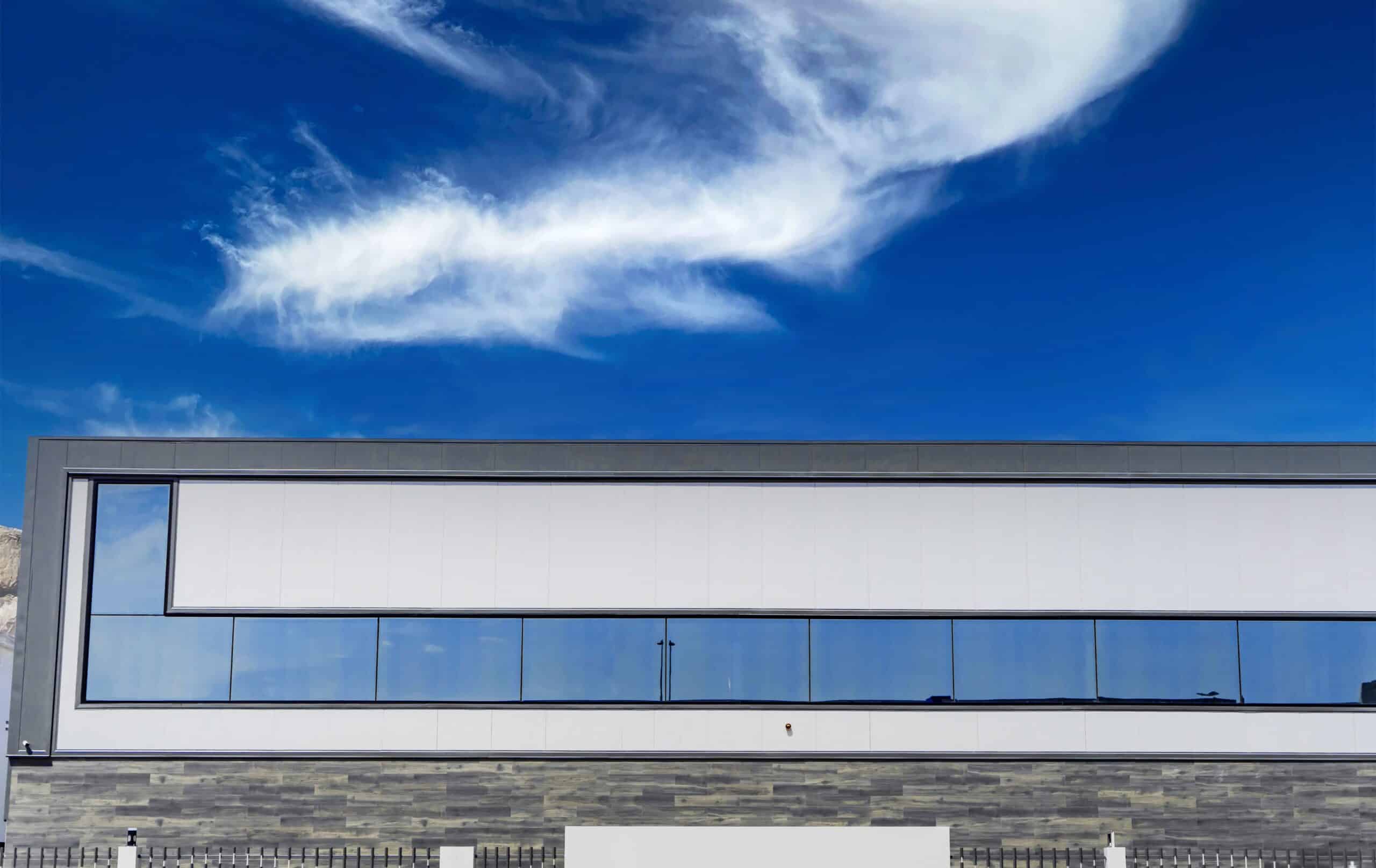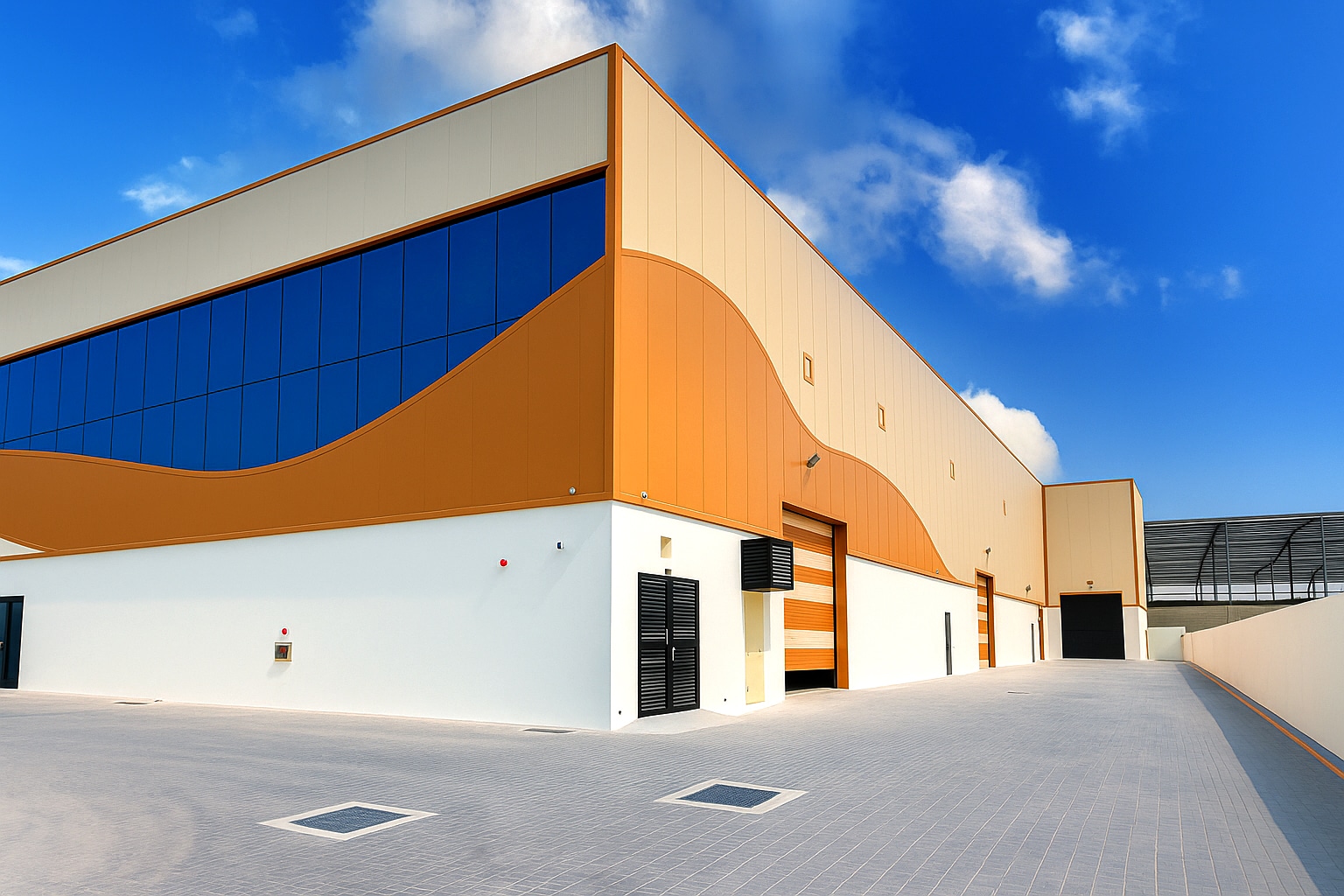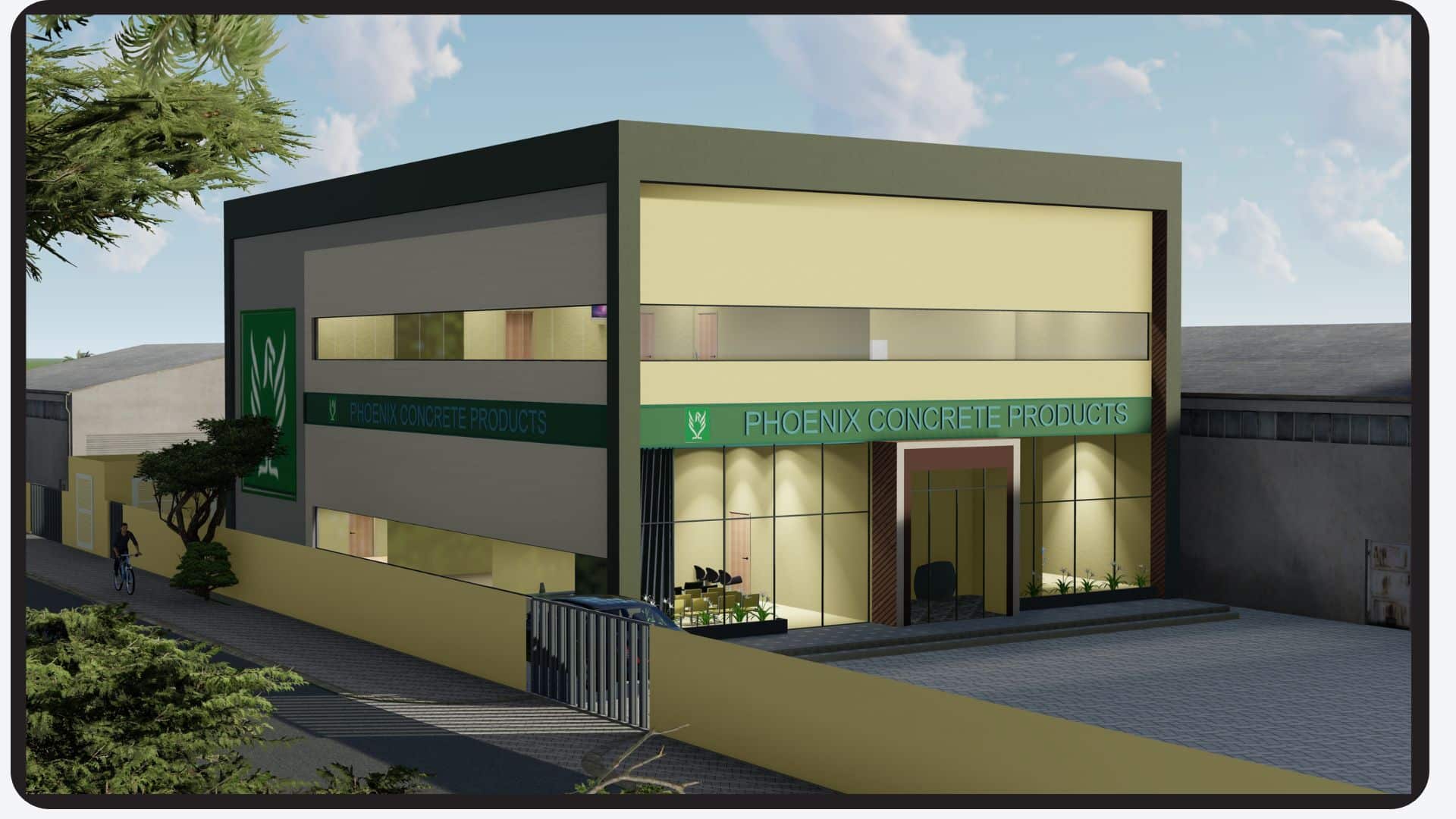Introduction – How To Remove Rust From Metal
This article will discover how to remove rust from metal. Corrosion is costly: a study on the International Measures of Prevention, Application and Economics of Corrosion Technology (IMPACT) estimated that it costs about US$2.5 trillion per year – roughly 3.4 % of global GDP. Rust, the brittle iron oxide that forms when steel reacts with oxygen and moisture, is a major contributor. In the UAE, humid coastal air and abrasive desert sand accelerate oxidation, threatening the longevity of steel structures and HVAC systems. This guide explains what causes rust, how to remove it using household and industrial methods, and how to prevent it.
Understanding Rust and Its Impact
What Causes Rust
Rust forms when iron atoms lose electrons to oxygen and water. Salt and acid hasten the reaction, while scratches or porous coatings let moisture reach bare metal. Even stainless steel can rust if its protective chromium oxide film is damaged by chlorides or abrasion.
Why Rust Matters for Steel Construction and HVAC
Rust reduces the load‑bearing capacity of beams and columns and lowers the efficiency of HVAC ducts and coils. Dubai’s mix of skyscrapers, resorts and industrial plants makes early rust removal and preventive maintenance critical for safety and cost control. Steel‑construction companies incorporate corrosion control—coating selection, insulation and routine inspection—into their services.
Household Rust Removal Techniques
Baking Soda, Vinegar and Other Gentle Remedies
For light surface rust, everyday pantry staples can be surprisingly effective. A simple baking soda paste—made by mixing baking soda with water—can be applied directly to the rusted area, left to sit for several hours, and then gently scrubbed away with fine steel wool, a soft wire brush, or even a nylon scrub pad before rinsing thoroughly. Distilled white vinegar works in a similar way: small items can be fully submerged for 30 minutes to several hours, while larger surfaces can be wrapped in vinegar-soaked cloths to allow the acid to break down the rust.
Citrus acids offer another gentle yet potent solution. Lemon juice mixed with baking soda or borax creates an acidic paste that should be left on the rust for at least 30 minutes before scrubbing. Potatoes, which naturally contain oxalic acid, can also be used—cut one in half, sprinkle the cut side with salt or baking soda, and rub it over the affected metal. Cream of tartar combined with vinegar, or citric acid powder mixed with baking soda, produce similar results.
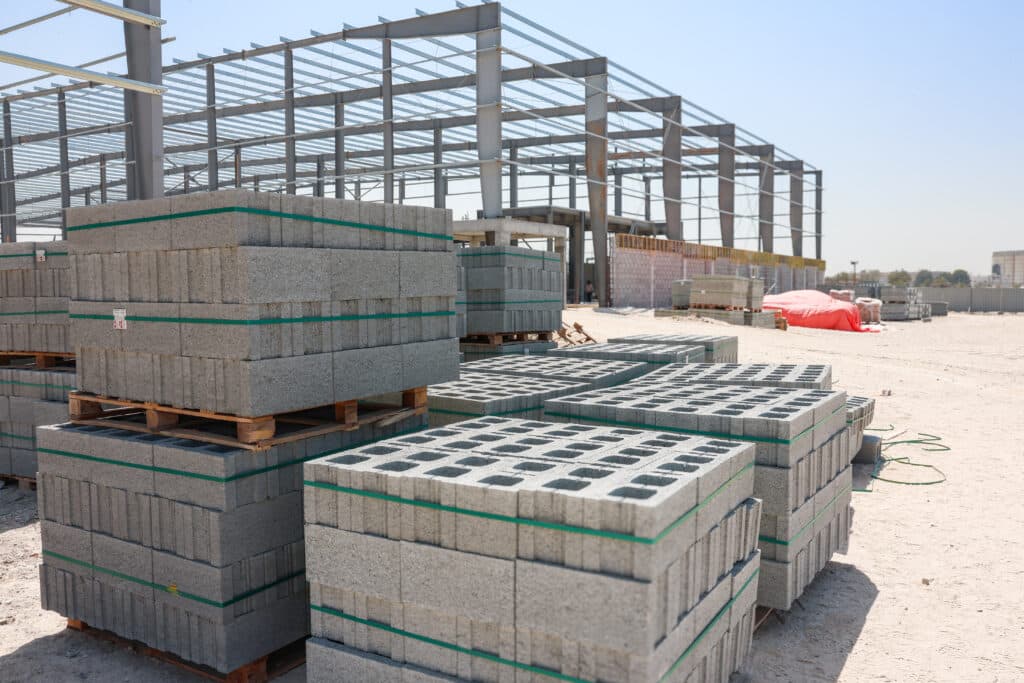
How To Remove Rust From Metal
Abrasive Tools and Physical Techniques
For thicker rust, mechanical abrasion may be necessary. Use a wire brush to remove loose rust; for heavy corrosion, start with coarse sandpaper and finish with finer grits. Fine steel wool behaves like very fine sandpaper. Aluminium foil balled up and dipped in water or vinegar can scrub lightly rusted chrome without scratching. Wipe away dust and apply a protective coat after cleaning.
Read our guide: Does Stainless Steel Rust?
Chemical Rust Removers and Converters
Severe rust on large components may require commercial products. Oxalic acid powders dissolve corrosion; phosphoric, hydrochloric and sulfuric acid gels convert rust to water‑soluble salts or stable iron phosphates. Rust converters react chemically with iron oxide to form a black coating that can be painted over. When using chemicals, wear gloves and goggles, ventilate the workspace and neutralise acidic residues before disposal.
Prevention and Maintenance for Steel Construction and HVAC
Protective Coatings and Treatments
Preventing rust is more economical than repeatedly removing it. Paint, powder coatings, epoxy and galvanised zinc form barriers against moisture and oxygen. Wiping cleaned tools or small parts with mineral oil or wax creates a temporary seal. Stainless‑steel parts should be passivated (treated with nitric or citric acid) to restore their protective layer. For HVAC systems, choose corrosion‑resistant materials, insulate pipes to prevent condensation and install sacrificial anodes in water heaters. In Dubai’s sandy and salty environment, plan for regular inspection and recoating.
Routine Inspection and Maintenance
Rust often starts around scratches, welds and fasteners. Inspect beams, bolts and joints regularly, particularly near coastal or rooftop locations. Remove debris and repair chipped paint promptly. For HVAC units, check ductwork, coils and housings for corrosion, clean or replace affected parts and keep logs to track recurring issues.
Read our guide: Finding the best HVAC Contractors in Dubai
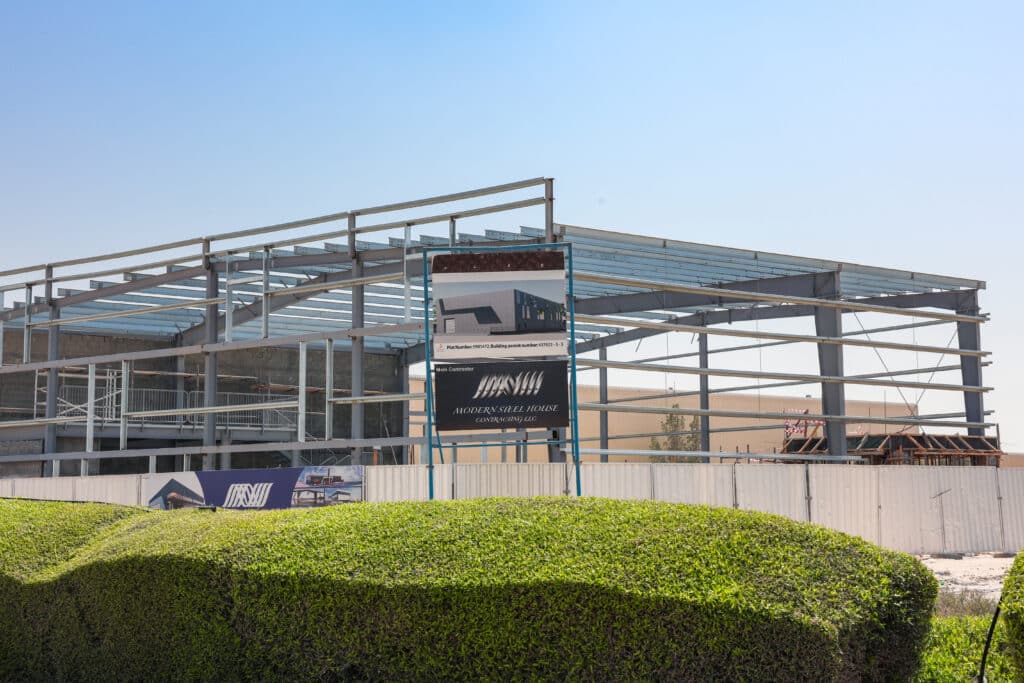
Local Perspective: Rust Removal and Steel Construction in Dubai
Role of Steel Frame Construction Companies
Dubai’s skyline is built largely with steel frames. Steel frame construction companies not only erect buildings but also help protect them. Services include selecting corrosion‑resistant materials, applying coatings, scheduling inspections and performing rust removal. By integrating these steps into project management, companies such as MSH‑Cont.Com help clients meet safety standards and extend the life of their investments.
Benefits of Removing Rust for Structural Integrity and HVAC Efficiency
Removing rust maintains the strength of beams and columns and prevents costly repairs. In HVAC systems, clean metal surfaces allow efficient air flow and heat transfer while preventing rust particles from circulating indoors. Taking prompt action preserves structural integrity, saves energy and supports sustainable development in the UAE.
Summary – How To Remove Rust From Metal
Rust is the result of an electrochemical reaction between iron, moisture, and oxygen, a natural but destructive process that gradually weakens metal structures. On a global scale, corrosion causes economic losses estimated at around US $2.5 trillion annually—equivalent to about 3.4 % of the world’s GDP. In the UAE, the combination of high humidity, salty sea air, and wind-driven sand creates especially aggressive conditions for metal degradation, posing significant risks to the safety, appearance, and efficiency of steel construction, HVAC systems, and other critical infrastructure.
Effective rust management in such environments requires a combination of removal techniques and preventive strategies. Common household remedies—such as baking-soda pastes, vinegar soaks, or even using lemon juice and potatoes—can help dissolve surface rust on smaller items. For more stubborn corrosion, mechanical abrasion with wire brushes, sandpaper, or aluminum foil can be effective, while chemical treatments like oxalic or phosphoric acid removers offer deeper penetration for industrial-grade cleaning.
Long-term protection, however, depends on proactive measures. Applying specialized protective coatings, passivating stainless steel, conducting regular inspections, and choosing corrosion-resistant alloys or galvanized metals can greatly extend a structure’s lifespan. For companies involved in steel frame construction, integrating rust prevention and removal into both the build phase and ongoing maintenance schedules is essential. This not only ensures durability and safety but also helps maintain operational efficiency and reduces long-term repair costs—critical factors for sustaining high-quality projects across Dubai and the wider Gulf region.
